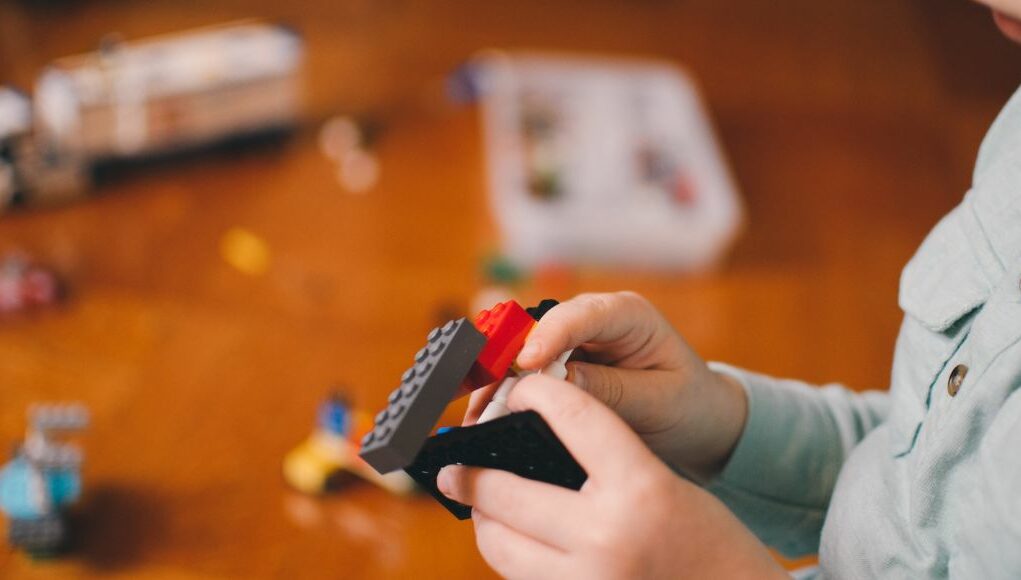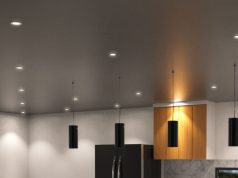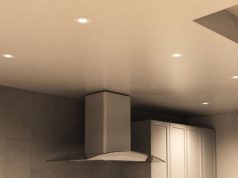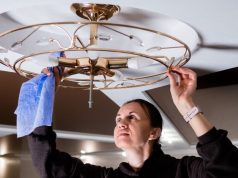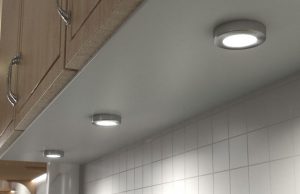ThereHave you ever considered LED lighting as more than just a source of illumination? Did you even think that it has other uses besides brightening space? Apparently, LED lighting can enhance sensory experiences and influence a person’s health attitude and perception!
Introduction
A sensory room, or as others call it, a multisensory room/environment, is an artificially constructed pleasing space designed explicitly for progressing senses and controlling sensory stimulation. These regulated and managed stimuli are therapeutic and educational within the cognitive, sensory, social, motor and emotional aspects. It’s done with different approaches and multiple goals.
In a multisensory room, people undergo immersive experiences by activating various elements like music, images, textures, sounds, vibrations, and lighting. Because of this, the room’s design is carefully planned and produced to ensure the best effects.
Lighting is essential to a sensory room as it can be customised to produce a calming, engaging and stimulating atmosphere. Also, it can awaken one’s senses and calm the body.
Unlike incandescent and fluorescent lights, LED lighting is more versatile, efficient, and long-lasting. It’s a directional light source, emitting brightness in one specific route. LED lights produce negligible heat, are eco-friendly and more preferred in various industries over traditional ones.
How LED Lighting Enhances Sensory Experiences
LED lighting is a popular choice for sensory environments. It is efficient, long-lasting and safe (not made with harmful chemicals) and enables countless customisations. Because LED lights allow personalisation of the room, it amplifies the effect, enhancing the user’s experience.
Still, that’s not all LED lights can do to enhance one’s sensory experiences! Here are some:
- Improved Visual Appeal: LED light can elevate the visual appeal of the room through LED wall washing. This is the method of washing the wall with LED lighting in primary colours to stage different moods and effects.
- Glare Reduction and Eye Strain: Since LED lights are directional, the light beams target the surface rather than bouncing throughout the space, reducing glare. Also, an LED fixture with natural white light is comfortable on the eyes, decreasing the chances of eye strain. This is specifically an essential aspect of sensory rooms, as some people are sensitive to these things.
- Flexibility and Control Over Lighting: There are various methods to control and personalise LED lights. You can manage them using dimmers, wall controllers, smart controllers and sensors and set up the best arrangement for your requirements. With this, it’s easier to manage a sensory room, and with one click or a few words, you can change the room’s design.
- Reduced Heat Emission: LED light converts more energy into light rather than waste. Because of this, its heat emission is barely noticed.
- Energy Efficiency: Since LED light consumes less energy but produces excellent illumination, it does not ride on your electricity bill a lot. This allows for the reduction of expenses, allowing funds to circulate on more meaningful things.
Application of LED Lighting in Sensory Environments
Knowing LED lighting is suitable for sensory rooms is one thing. However, how do you exactly apply it? Can you use it like in a regular communal space? Are there any specifics that you should be aware of?
Sensory Room for People with Autism
Using lighting in a sensory room can enhance the focus and attention to detail of a person with autism in a fun and relaxing space. However, you must be aware that even with LED lighting, without the proper modifications, it may negatively affect people with autism and others with light sensitivity.
You can add colour-changing LED strip lights on the walls to allow people with autism to communicate their moods through colour. Also, you can use coloured LEDs to create a relaxing and tranquil space.
Retail and Hospital Settings
Aside from lowering electrical consumption and lessening maintenance expenses, LED lighting is an incredible help for retail and hospital settings.
In the hospital, LED lighting can help doctors and nurses be focused, alert and stay on task. It allows them to be on time with their scheduled appointments and be productive throughout the day. For the patient, since LED lights closely resemble natural lighting, it keeps their circadian rhythm in check, which speeds up their recovery! You can use LED panels or battens with cool white for doctor’s offices and nurse’s stations and natural white for patient wards.
As for retail stores, LED lighting is necessary to attract customers’ attention and allow them to see all the products you have displayed. You can install multiple LED panels with natural white light throughout the area or use ceiling spotlights to highlight limited-edition products.
Educational Environments
In educational establishments, focusing is necessary to ensure that all the discussed topics are soaked in by every individual. Also, it requires sufficient lighting so people can work comfortably without straining their eyes and developing headaches.
Using a flicker-free LED panel with natural white light as general lighting will help create a comfortable environment for learning. Since it mimics natural lighting, it won’t feel as if you’re inside a clinic. Also, you can add desk lamps with cool white LED colour for more focused illumination.
Healthcare Facilities
Since LED lights can change colour temperature and intensity, they can be utilised to support a patient’s circadian rhythm. Consider using a dimmable colour-tuneable LED panel to help maintain a patient’s regular sleep-wake cycle.
Art Installations
LED lighting is perfect for installations since you can find fixtures with higher CRI ratings. With this, the artwork’s actual colour comes out, conveying the artist’s intentions. In addition, since LED lights emit minimal heat, they won’t damage the piece displayed. For this instance, you can use LED downlights or a ceiling spotlight to highlight the artwork and make them stand out.
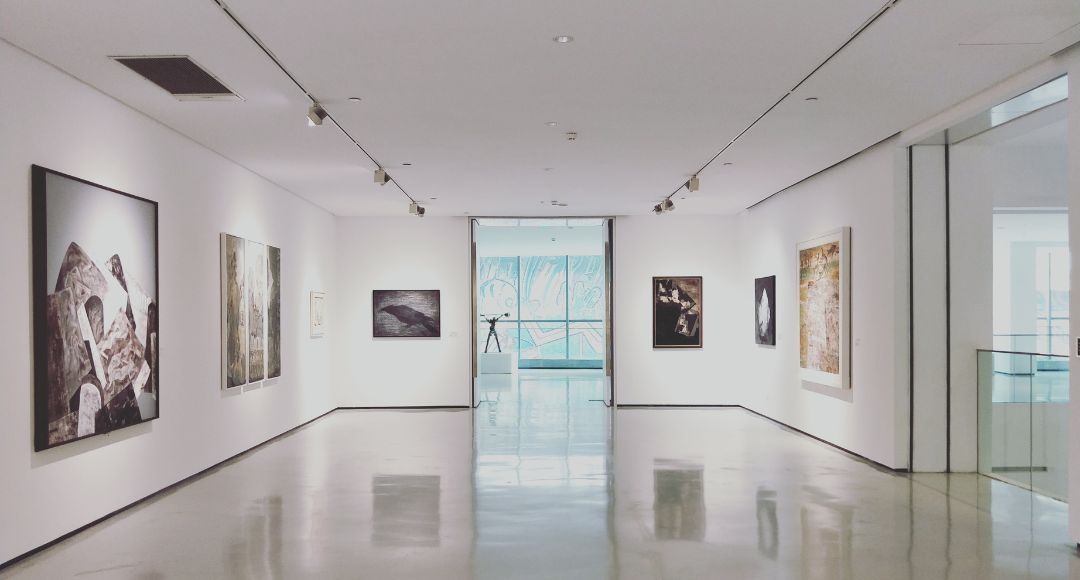
Tips for Using LED Lighting in Sensory Environments
Not all LED lighting is ideal for sensory environments. You must choose the most suitable fixtures and get the most relevant technical specifications. So, here are some tips that you can try!
- Choosing the Right Colour Temperature: Warm white light is ideal for ambient lighting and can create a relaxing atmosphere. Alternatively, natural and cool white light is suitable for task lighting as it stages a focused environment. During the evening, using cool white light is not ideal as it jolts you up. To get the balance, consider incorporating a dimmable colour-changing fixture.
- Consider Light Levels: Dimmable lights are the best types for sensory environments since you can tailor them to a particular level that suits the person inside the space.
Importance of Lighting Placement: The positioning of your lights can either create a relaxing environment or a visually overwhelming one. Before installing, plan the placements of the fixtures. - Customisation and Flexibility: Consider using LED lights with multiple customisation options like RGB LED strips, CCT LED panels, Smart LED bulbs, and others. This will enable you to make the most out of the space.
- Integration with Other Sensory Elements: Lighting is not the only factor inside a sensory room. You should purchase a fixture that can complement the other sensory elements present in the area.
Conclusion
LED lighting can be responsible for the atmosphere in sensory environments, creating a positive or negative influence. Therefore, when designing such places, you should guarantee proper lighting. There are various ways to incorporate LED lights in sensory rooms, like using LED strips for communication or CCT panel lights to maintain a healthy circadian rhythm.
As LED technology evolves, it can contribute more to sensory environments and help design the best space for every individual. So, if you want LED products for your home, office or any property you have, you can visit our website, Simple Lighting! We have an excellent selection of indoor, outdoor and commercial lighting fixtures.


